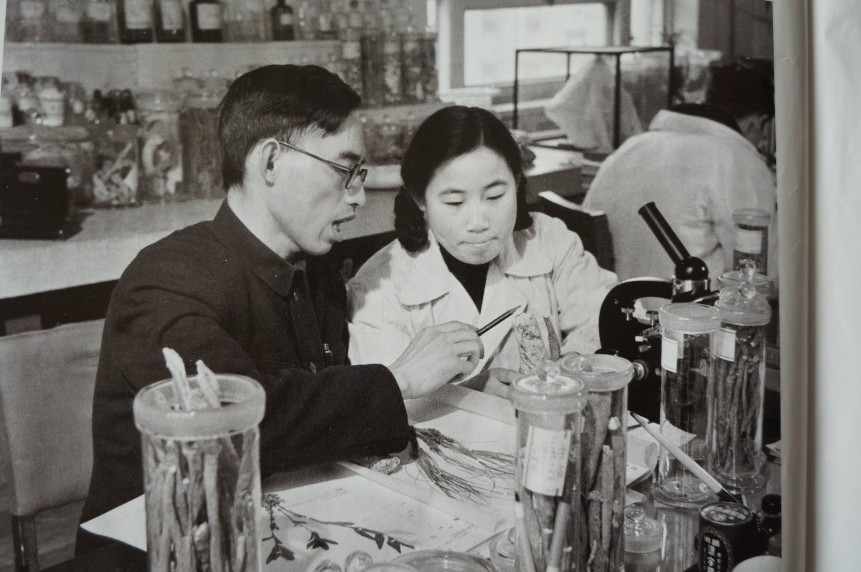Do you make mistakes? Have you ever done any in your career or life? It is normal to be wrong sometimes. What distinguishes good mistakes from bad ones is how we react after we’ve made them. Your resilience determines your ability to carry on despite these obstacles.

A long series of positive mistakes
Do you remember your first mistakes? They are the ones who built you. When you were just a few months old and reached for something a little too far, you discovered that you could roll from your back to your tummy by moving your body. Later, you discovered walking, through several trials and errors of coordination. Human beings learn through imitation, experimentation and especially mistakes. How many of you have tried and learned from your mistake that fire burns?
From a very young age, and throughout your school career, your educators and teachers have let you try. They let you make mistakes so that you can find the best solutions.
Understanding of mistakes
The main element of learning through error is understanding. In order to learn, one must understand. While children may need a lot of trial and error to understand, in the professional world it’s a little different.
Some organizations do not tolerate mistakes, whether it is related to their culture or their business: mistakes are unacceptable. They often have a bureaucratic management style, with many written procedures.
Conversely, liberated companies offer their teams the right to make mistakes, as long as they learn from their mistakes. These organizations expect everyone to understand and change their ways, and even evolve the entire organization.
Positive mistakes, source of innovation
Mistakes are the basis of the scientific process: observe the world, make hypotheses, imagine an experiment to test, obtain the results and finally interpret them to confirm or deny the hypothesis.
Mistakes can produce some pretty interesting results for an organization. The discovery of new and unknown things often goes through this avenue. But examples of innovations resulting from pure mistakes are rare. In general, an experiment that gives a negative result invites closer observation, to determine the elements that impact the result.

Let’s take the example of the discovery of artemisinin in the treatment of malaria. As quinine and chloroquinine worked less and less well, more than 40,000 molecules were tested, somewhat randomly, and without success. It was in the 70s. Tu Youyou began by studying ancient texts to discover a plant that was effective against recurrent fevers, one of the main symptoms of malaria. From there, she sought to extract the active ingredient. It took her several trials to find the technique and obtain the molecule. Thereafter, she continued her research to improve the molecule and combine it with another to get the best results. Her work was awarded the Nobel Prize in Physiology or Medicine in 2015.
If a member of your team seems to be making a mistake, what do you do? Be sure to assess the risk to your organization, to colleagues or to yourself. Also, assess the learning that he will be able to get from it and accompany him to learn as much as possible. Finally, stay tuned, because his mistake could lead you to tracks you don’t know!
Then fail! Fail fast! Fail a lot, while managing the risks.
